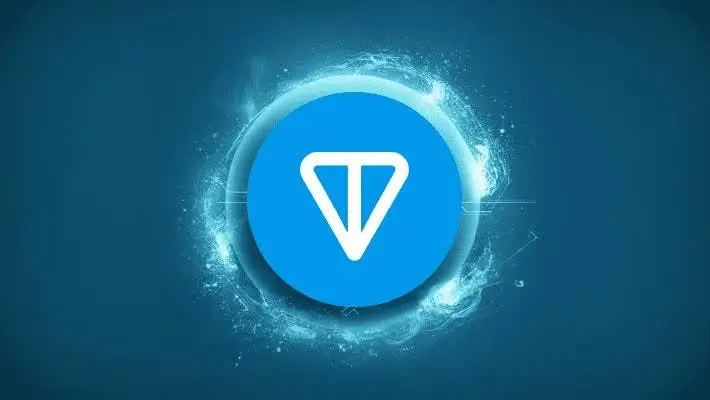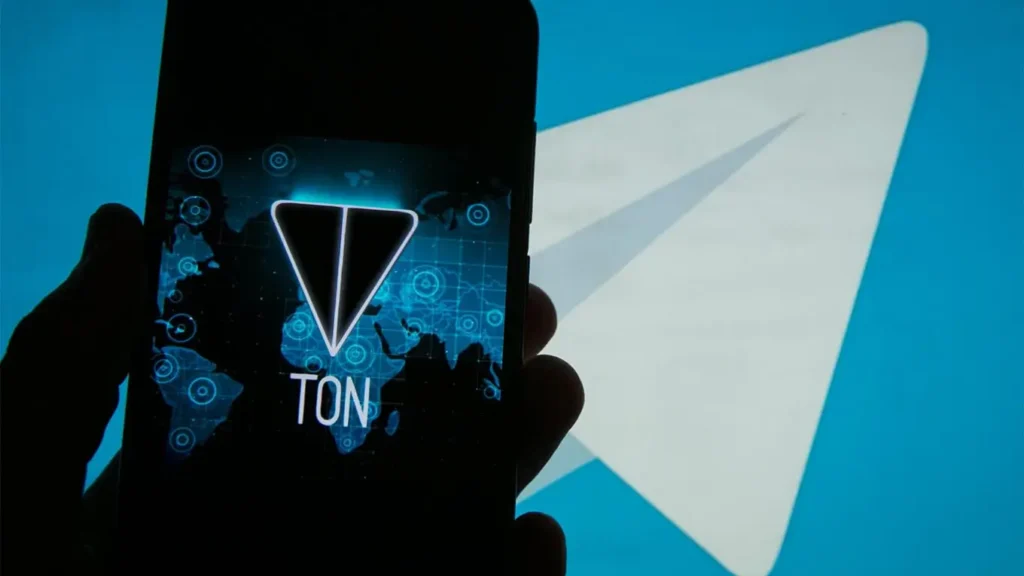Short Pause in Network Activity
The Open Network (TON), a decentralised blockchain linked with the Telegram platform, briefly ceased operations on 1 June. For around 40 minutes, the system was unable to create new blocks—essentially bringing activity on the chain to a standstill.
TON Recovers from Outage
The issue stemmed from a fault in the system’s core component responsible for managing block creation and coordination. When that element malfunctioned, the network couldn’t move forward. TON’s developers were able to identify the fault quickly and deployed an update to resolve it. Only a few of the main validators—computers that verify transactions and secure the network—needed to be updated for the fix to work.

Image 1: TON Network (Source: Medium)
Once the patch was applied, block production resumed, and the network returned to normal. TON’s team shared news of the recovery and mentioned that a full breakdown of the incident would be shared later, outlining the cause and the steps taken to fix it. They wrote:
“Block production has been restored
A quick fix was released, and updating only a few master chain validators was sufficient to resume block production.
The incident was related to an error in the processing of the masterchain dispatch queue.”
Previous Setbacks and Network Pressure
This isn’t the first time TON has experienced service interruptions. In August 2024, the network encountered a series of halts linked to excessive demand caused by the DOGS memecoin. At the time, a large number of users tried to mint the token simultaneously, which overwhelmed the system.
The first interruption occurred on 27 August, when activity came to a halt after the system reached block number 45,341,899. It took several hours for validators to reset their nodes and re-establish consensus across the network. Block creation resumed briefly but was soon halted again due to renewed congestion from continued DOGS minting.
A second interruption followed on 28 August, this time lasting around six hours. The halt occurred at block 45,350,522 and was resolved later that day, once the underlying issues were addressed.
These events highlight the challenges fast-moving, high-capacity blockchains like TON face. As they attempt to handle growing user bases and rising transaction volumes, they become more complex. This complexity can sometimes lead to faults, particularly under sudden spikes in activity.
Market Confidence and Forward Outlook
Despite the reoccurring issues, interest in TON remains solid. The blockchain project continues to attract attention from both retail users and institutional backers. In March 2025, it secured a major $400 million funding round. Investors included well-known venture capital firms, indicating continued belief in the platform’s long-term potential.
Following the swift response to the recent outage, the team earned praise from community members, who commended their efficiency in restoring the network. Such prompt handling of technical faults helps strengthen trust and shows that TON’s infrastructure, while still maturing, is supported by a capable team.

Image 2: TON (Source: The Moscow Times)
The value of Toncoin, the native currency of the network, remained steady following the disruption. At the time of writing, it had gained close to 2%, showing that traders and investors were not alarmed by the brief outage. However, trading volume did decline by more than 40%, indicating that some market participants may have taken a wait-and-see approach as the issue was being resolved.
The TON development team plans to release a technical summary of the incident, offering more detailed insight into what occurred and what improvements are being made. Such reports are important in maintaining transparency and trust within the blockchain space.
As blockchain technology continues to advance, occasional interruptions may become part of the growing pains. How swiftly these networks recover and how openly they communicate with users will play a major role in determining long-term success. In this case, TON has shown that it can manage a disruption efficiently and restore functionality without major fallout.

